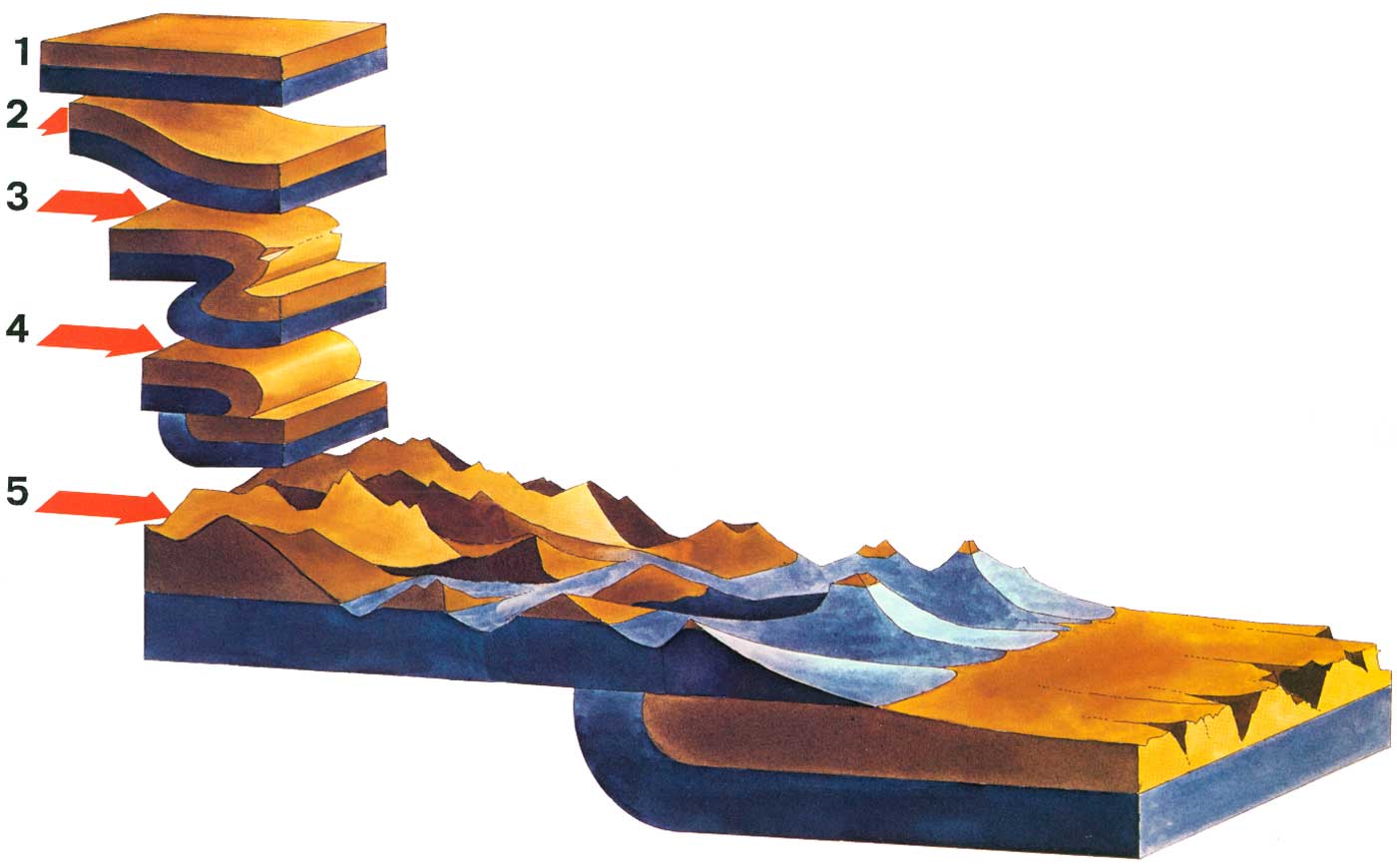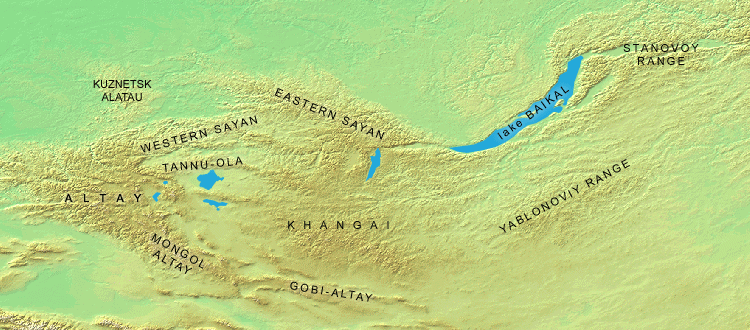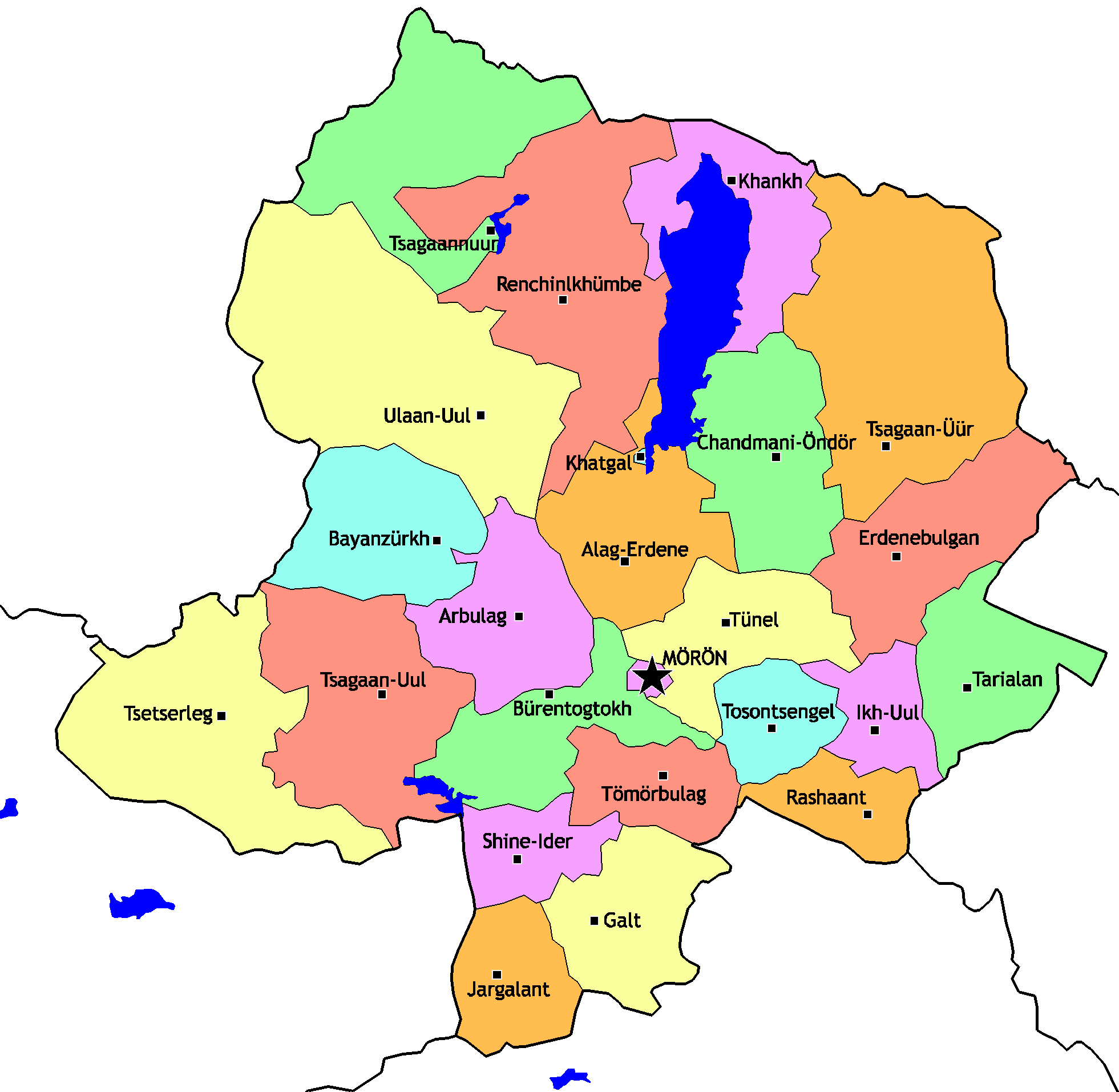|
Mönkh Saridag
Mönkh Saridag (, ), also spelled as Munku-Sardyk (), is the highest mountain in the Sayan Mountains of Asia. It is tall and is on the Mongolia-Russia border, international border between Mongolia and Russia. It is also the highest mountain in Republic of Buryatia, Buryatia and the highest mountain in Mongolia's Khövsgöl Province. On the southern side, the tree line is at 2000 meters, on the northern side at 2200 meters. See also * List of highest points of Russian federal subjects * List of Ultras of Central Asia * List of mountains in Mongolia References Sources * M. Nyamaa, ''Khövsgöl aimgiin lavlakh toli'', Ulaanbaatar 2001, p. 37 External links "Gora Munku-Sardyk, Mongolia/Russia" on Peakbagger Mountains of Mongolia Mountains of Russia Mountains of Buryatia International mountains of Asia Mongolia–Russia border Khövsgöl Province Highest points of Russian federal subjects Sayan Mountains {{Asia-mountain-stub ... [...More Info...] [...Related Items...] OR: [Wikipedia] [Google] [Baidu] |
Eastern Sayan
The Sayan Mountains (, ; ) are a mountain range in southern Siberia spanning southeastern Russia (Buryatia, Irkutsk Oblast, Krasnoyarsk Krai, Tuva and Khakassia) and northern Mongolia. Before the rapid expansion of the Tsardom of Russia, the mountain range served as the border between Mongolian and Russian cultures and cultural influences. The Sayan Mountains' towering peaks and cool lakes southwest of Tuva give rise to the tributaries that merge to become one of Siberia's major rivers, the Yenisei River, which flows north over 3,400 kilometres (2000 mi) to the Arctic Ocean. This is a protected and isolated area, having been kept closed by the Soviet Union since 1944. Geography Western Sayan At 92°E the Western Sayan system is pierced by the Ulug-Khem () or Upper Yenisei River, and at 106°, at its eastern extremity, it terminates above the depression of the Selenga-Orkhon Valley. It stretches almost at a right angle to the Western Sayan for in a roughly northeast/south ... [...More Info...] [...Related Items...] OR: [Wikipedia] [Google] [Baidu] |
Mongolia–Russia Border
The Mongolia–Russia border is the international border between Mongolia and the Russian Federation. It runs from west to east between the two tripoints with China for 3485 km. The boundary is the third longest border between Russia and another country, behind the Kazakhstan–Russia border and the China–Russia border. Description The border begins in the west at the western tripoint with China, located just 100 kilometres (62 miles) east of the China-Kazakhstan-Russia tripoint. It then proceeds overland in a broadly north-east direction through the Altai Mountains, up to the vicinity of Mongolia's Uvs Lake, briefly cutting into the lake so as to leave the far north-eastern corner in Russia. The border then proceeds eastwards via a series of overland lines, angled slightly to the south-east; this section also cuts across Lake Tore-Khol. The border then turns north across the Ulaan Taiga mountains, forming a broad arc through the Sayan Mountains around Mongolia's Lake Khöv ... [...More Info...] [...Related Items...] OR: [Wikipedia] [Google] [Baidu] |
International Mountains Of Asia
International is an adjective (also used as a noun) meaning "between nations". International may also refer to: Music Albums * ''International'' (Kevin Michael album), 2011 * ''International'' (New Order album), 2002 * ''International'' (The Three Degrees album), 1975 *''International'', 2018 album by L'Algérino Songs * The Internationale, the left-wing anthem * "International" (Chase & Status song), 2014 * "International", by Adventures in Stereo from ''Monomania'', 2000 * "International", by Brass Construction from ''Renegades'', 1984 * "International", by Thomas Leer from ''The Scale of Ten'', 1985 * "International", by Kevin Michael from ''International'' (Kevin Michael album), 2011 * "International", by McGuinness Flint from ''McGuinness Flint'', 1970 * "International", by Orchestral Manoeuvres in the Dark from '' Dazzle Ships'', 1983 * "International (Serious)", by Estelle from '' All of Me'', 2012 Politics * Internationalism (politics) * Political international, a ... [...More Info...] [...Related Items...] OR: [Wikipedia] [Google] [Baidu] |
Mountains Of Buryatia
A mountain is an elevated portion of the Earth's crust, generally with steep sides that show significant exposed bedrock. Although definitions vary, a mountain may differ from a plateau in having a limited summit area, and is usually higher than a hill, typically rising at least above the surrounding land. A few mountains are isolated summits, but most occur in mountain ranges. Mountains are formed through tectonic forces, erosion, or volcanism, which act on time scales of up to tens of millions of years. Once mountain building ceases, mountains are slowly leveled through the action of weathering, through slumping and other forms of mass wasting, as well as through erosion by rivers and glaciers. High elevations on mountains produce colder climates than at sea level at similar latitude. These colder climates strongly affect the ecosystems of mountains: different elevations have different plants and animals. Because of the less hospitable terrain and climate, mountains te ... [...More Info...] [...Related Items...] OR: [Wikipedia] [Google] [Baidu] |
Mountains Of Russia
A mountain is an elevated portion of the Earth's crust, generally with steep sides that show significant exposed bedrock. Although definitions vary, a mountain may differ from a plateau in having a limited summit area, and is usually higher than a hill, typically rising at least above the surrounding land. A few mountains are isolated summits, but most occur in mountain ranges. Mountains are formed through tectonic forces, erosion, or volcanism, which act on time scales of up to tens of millions of years. Once mountain building ceases, mountains are slowly leveled through the action of weathering, through slumping and other forms of mass wasting, as well as through erosion by rivers and glaciers. High elevations on mountains produce colder climates than at sea level at similar latitude. These colder climates strongly affect the ecosystems of mountains: different elevations have different plants and animals. Because of the less hospitable terrain and climate, mountai ... [...More Info...] [...Related Items...] OR: [Wikipedia] [Google] [Baidu] |
Mountains Of Mongolia
A mountain is an elevated portion of the Earth's crust, generally with steep sides that show significant exposed bedrock. Although definitions vary, a mountain may differ from a plateau in having a limited summit area, and is usually higher than a hill, typically rising at least above the surrounding land. A few mountains are isolated summits, but most occur in mountain ranges. Mountains are formed through tectonic forces, erosion, or volcanism, which act on time scales of up to tens of millions of years. Once mountain building ceases, mountains are slowly leveled through the action of weathering, through slumping and other forms of mass wasting, as well as through erosion by rivers and glaciers. High elevations on mountains produce colder climates than at sea level at similar latitude. These colder climates strongly affect the ecosystems of mountains: different elevations have different plants and animals. Because of the less hospitable terrain and climate, mountains t ... [...More Info...] [...Related Items...] OR: [Wikipedia] [Google] [Baidu] |
List Of Mountains In Mongolia
Mongolia has three major mountain ranges. The highest is the Altai Mountains, which stretch across the western and the southwestern regions of the country on a northwest-to-southeast axis. The Khangai Mountains, mountains also trending northwest to southeast, occupy much of central and north-central Mongolia. These are older, lower, and more eroded mountains, with many forests and alpine pastures. The Khentii Mountains near the Russian border to the northeast of Ulaanbaatar, are lower still. Thirteen mountains are capped with a glacier in Mongolia. The following is a list of mountains in Mongolia: See also * Geography of Mongolia * List of Mongolia-related topics {{Authority control Mountains of Mongolia, * Lists of mountains by country, Mongolia Lists of landforms of Mongolia, Mongolia Lists of mountains of Asia, Mongolia ... [...More Info...] [...Related Items...] OR: [Wikipedia] [Google] [Baidu] |
List Of Highest Points Of Russian Federal Subjects ...
This is a list of the highest points of the Federal Subjects of the Russian Federation. List Above 1000 m Below 1000 m See also * List of mountains and hills of Russia * List of European ultra-prominent peaks * List of Ultras of Central Asia * List of ultras of Northeast Asia Notes {{Russia topics Russia Russia Russia, or the Russian Federation, is a country spanning Eastern Europe and North Asia. It is the list of countries and dependencies by area, largest country in the world, and extends across Time in Russia, eleven time zones, sharing Borders ... [...More Info...] [...Related Items...] OR: [Wikipedia] [Google] [Baidu] |
Ultra Prominent Peak
An ultra-prominent peak, or ultra for short, is a mountain summit with a topographic prominence of or more; it is also called a P1500. The prominence of a peak is the minimum height of climb to the summit on any route from a higher peak, or from sea level if there is no higher peak. There are approximately 1,500 such peaks on Earth. Some well-known peaks, such as the Matterhorn and Eiger, are not ultras because they are connected to higher mountains by high cols and thus do not achieve enough topographic prominence. The term "ultra" originated with earth scientist Steve Fry, from his studies of the prominence of peaks in Washington (state), Washington in the 1980s. His original term was "ultra major mountain", referring to peaks with at least of prominence. Distribution Currently, over 1,500 ultras have been identified above sea level: 654 in Asia, 357 in North America, 209 in South America, 119 in Europe (including 12 in the Caucasus), 84 in Africa, 54 in Oceania, and 39 in ... [...More Info...] [...Related Items...] OR: [Wikipedia] [Google] [Baidu] |
Tree Line
The tree line is the edge of a habitat at which trees are capable of growing and beyond which they are not. It is found at high elevations and high latitudes. Beyond the tree line, trees cannot tolerate the environmental conditions (usually low temperatures, extreme snowpack, or associated lack of available moisture). The tree line is sometimes distinguished from a lower timberline, which is the line below which trees form a forest with a closed Canopy (biology), canopy. At the tree line, tree growth is often sparse, stunted, and deformed by wind and cold. This is sometimes known as (German for "crooked wood"). The tree line often appears well-defined, but it can be a more gradual transition. Trees grow shorter and often at lower densities as they approach the tree line, above which they are unable to grow at all. Given a certain latitude, the tree line is approximately 300 to 1000 meters below the permanent snow line and roughly parallel to it. Causes Due to their vertical s ... [...More Info...] [...Related Items...] OR: [Wikipedia] [Google] [Baidu] |
Khövsgöl Province
Khövsgöl () is the northernmost of the 21 Aimags of Mongolia, aimags (provinces) of Mongolia. The name is derived from Lake Khövsgöl. Geography and history The round-topped Tarvagatai (Khangai), Tarvagatai, Bulnain and Erchim sub-ranges of the Khangai Mountains, Khangai massif dominate the south and southwest of the largely mountainous province, and north and west of Lake Khövsgöl, lie the alpine Khoridol Saridag mountains, Khoridol Saridag, Ulaan Taiga, and Mönkh Saridag mountains. The center and eastern parts of the province are less mountainous, but still hilly. The region is well known in Mongolia for its natural environment, and Lake Khövsgöl is one of the country's major tourist attractions. The largest forests of Mongolia are located around and to the north of the lake, extending the South Siberian forest steppe, South Siberian taiga. The aimag was founded in 1931. Khatgal, Khövsgöl, Khatgal was the administrative center until 1933; since then it has been Mörö ... [...More Info...] [...Related Items...] OR: [Wikipedia] [Google] [Baidu] |






